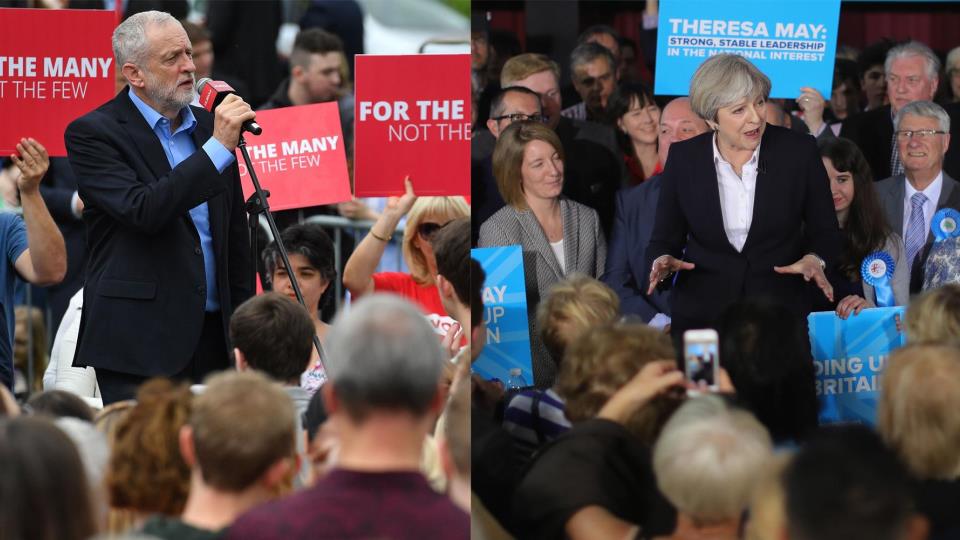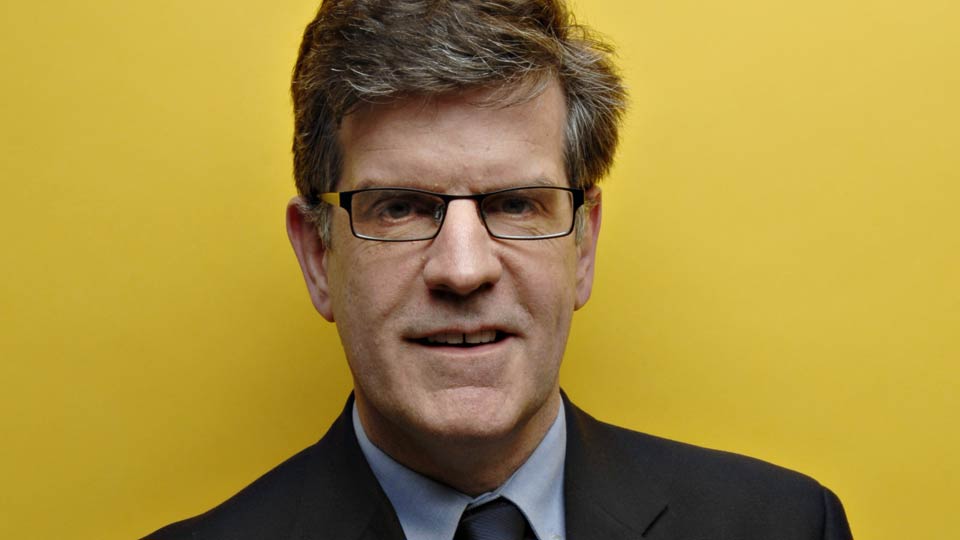In contrast to the 2015 election, where minor parties commanded significantly higher levels of news presence, in 2017 the two main political parties dominated campaign coverage.
This two party squeeze was most evident in press coverage, with 84% of the featured politicians coming from the Conservatives and Labour.
The Conservative party sources gained most coverage and quotation in both press and television news, with the Labour party receiving the most negative coverage overall.
And yet again men dominated coverage, with nearly 63% of those that appeared in news being male, compared to 37% female. This is despite there being a female Prime Minister. The dominance of men was evident across all political, professional and public roles related to the election.
Speaking about the findings of the team’s final report, co-author Professor David Deacon said: “As with the referendum, it seems as though the campaign really mattered in influencing the outcome. The Conservative party started strongly in media terms, but lost control of the terms of debate and struggled to get it back. It was certainly anything but a Brexit media election.”
Results in the report are derived from detailed content analysis of weekday news coverage of the General Election, compiled by experts in Loughborough University’s Centre for Research in Communication and Culture (CRCC).This week’s report also revealed:
- Newspaper coverage was highly negative in the main. The most partisan newspapers gave greater editorial focus to attacking the party/parties they opposed, rather than advocating the party they supported.
- The terrorist attacks in Manchester and London had a direct impact on the media agenda, bringing defence and security issues to the fore.
- Policy focused coverage was more prominent in this media election than the 2015 campaign.
- Despite its importance in the 2016 EU Referendum, immigration did not make the top 5 most prominently reported issues. Coverage of this issue in 2017 matched that found for 2015.
- Across all media, more coverage was given to health and health care than the economy and taxation.
Read the full report here.

